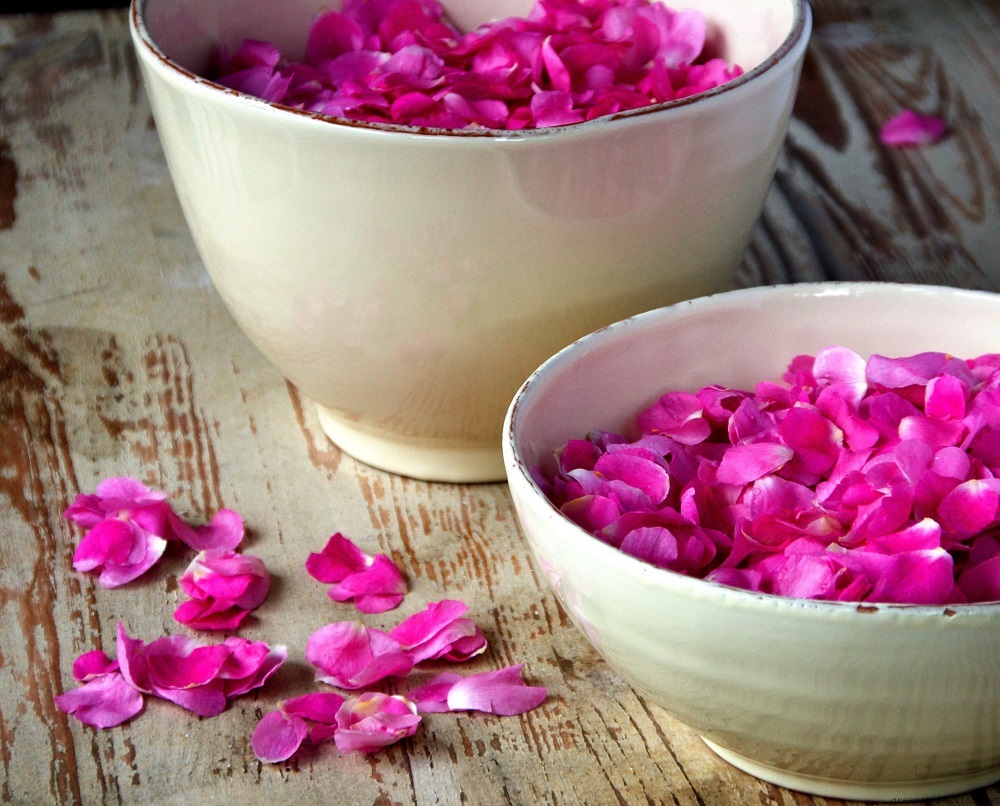Hair Oil Massage, Please!
Sonali Perera
Growing up, my mom would give us a weekly head oil massage. We would keep the oil in our hair overnight and wash it the next morning. There are many benefits to these oil massages and I am so thankful to my mom for doing this for us through our childhood. Not only do these massages relieve tensions and aches but also increases blood circulation in the scalp and make our hair grow strong, smooth and lustrous. Heat up the oil so it is warm and apply it to your scalp and hair, gently massaging it in for 5-10 minutes. Leave it on for a couple hours or overnight and wash with shampoo once or twice to get all the oil out. Below are some of my favorite oils.
Extra Virgin Olive Oil
I always make sure to use a certified extra virgin olive oil that has been extracted from olives without the use of heat or chemicals. Olive oil is my oil of choice for my kids and is great for those with very thick and oily hair. Olive oil helps with:
- Moisturizing
- Repairing split ends
- Preventing hair loss
- Dandruff
Coconut Oil
Coconut oil is one of my favorite oils to use because of its smell. I buy a jar of coconut oil from the grocery store which is in solid form when stored in cooler temperature. Coconut oil helps with:
- Antimicrobial properties
- Cooling properties
- Hair conditioning and moisture retention
- Preventing baldness and gray hair
Amla Oil
Growing up, my Nani (Grandma) would give us the best head massages with Amla Oil. Amla is also known as the Indian gooseberry and has been used for Ayurvedic medicine for many centuries. Today, it is difficult to find pure Amla oil as it is made by soaking the Amla dried fruit in other fruit oil such as coconut and almond. Amla oil helps with:
- Darkens hair without the use of dyes
- Prevents graying
- Cleansing agent
- Hair growth
- Moisturizing
















